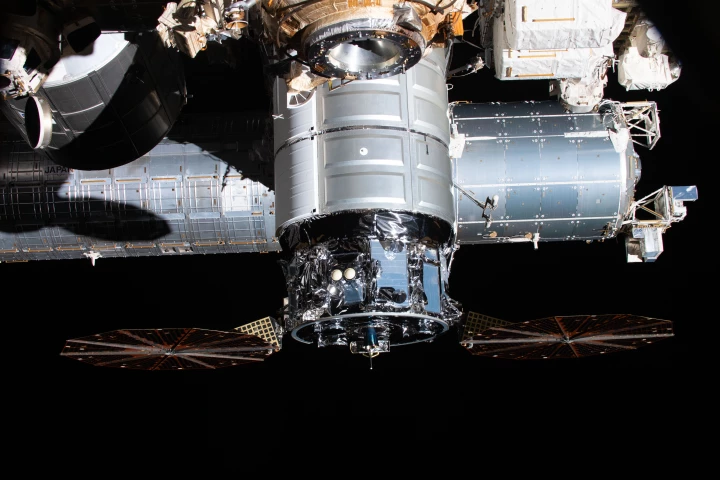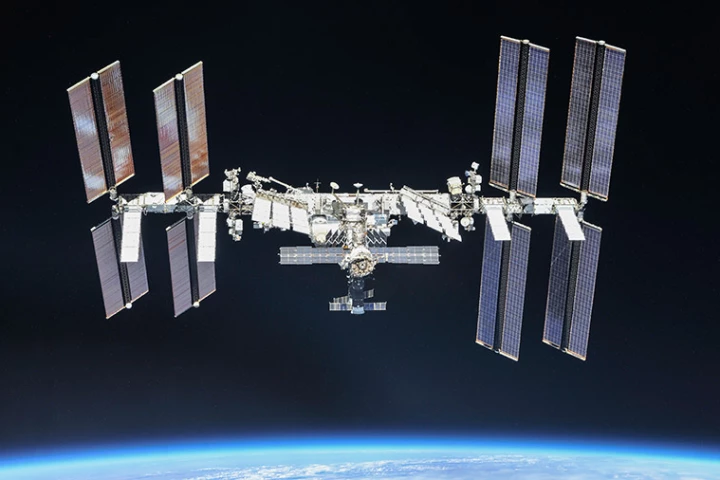Cygnus
-
The United States now has the ability to control the orbit of the International Space Station (ISS) without Russian cooperation after a Northrop Grumman Cygnus cargo spacecraft successfully boosted the space lab into a higher orbit.
-
Flight controllers and station crew have isolated an air leak to the Russian-built Zvezda Service Module of the ISS, but have yet to pinpoint the breach ahead of the arrival of an uncrewed cargo spacecraft later this week.
-
Active galactic nuclei are known by different names depending on the viewing angle. Now, for the first time astronomers have directly imaged the last piece of the puzzle that ties them all together – a dusty donut of material that surrounds a supermassive black hole.
-
When the Orbital OTK OA-9 resupply mission lifted off on Monday from NASA's Wallops Flight Facility in Virginia, its 7,385 lb (3,350 kg) of cargo included centuries-old technology alongside cutting-edge physics experiments.
-
When the latest Cygnus cargo mission to the SS lifts off, its manifest will include three CubeSats, including the first equipped with radar. The size of three cereal boxes and weighing only 26 lb (11.8 kg) each, the miniature satellites will be used to demonstrate new technologies in orbit.
-
Humanity’s first “space nation”, Asgardia, is a step closer to getting off the ground after its first satellite was launched last week. The end goal is for millions of people to live on satellites, but don’t pack your bags just yet: Asgardia-1 is just a CubeSat carrying 500 GB of pictures and text.
-
Almost two years after a disastrous liftoff explosion, Orbital-ATK's Antares booster is back in service. At 7:45 pm EDT, an improved Antares 230 rocket blasted off from the MARS Pad 0A at NASA's Wallops Island facility in Virginia carrying the commercial OA-5 mission.
-
An unmanned Cygnus cargo ship left the International Space Station (ISS) today – and then NASA set it on fire. The controlled burn inside an insulated container is part of a study to learn more about the nature of fire in zero gravity.
-
NASA reports tThe Cygnus Orbital ATk Crs-6 mission docked with the International Space Station (ISS) at 6:51 am EDT using one of the station's robotic arms. It was then transferred to the Unity Module, where it docked with one of the Earth-facing ports.
-
The Orbital ATK CRS-6 mission is on its way to the International Space Station (ISS). The unmanned Cygnus cargo ship lifted off today at 11:05 pm EDT from Space Launch Complex 41 at Cape Canaveral Air Force Station in Florida
-
In a rather frightening first, NASA plans to set fire to an unmanned Cygnus cargo ship as part of the Spacecraft Fire Experiment to gain a better understanding of large-scale fires in zero gravity and improving spacecraft design safety.
-
The Orbital Sciences/ATK Cygnus CRS-4 mission came to an end today as NASA astronauts used one of the International Space Station's robotic arms to release the spacecraft from its docking port.
Load More











